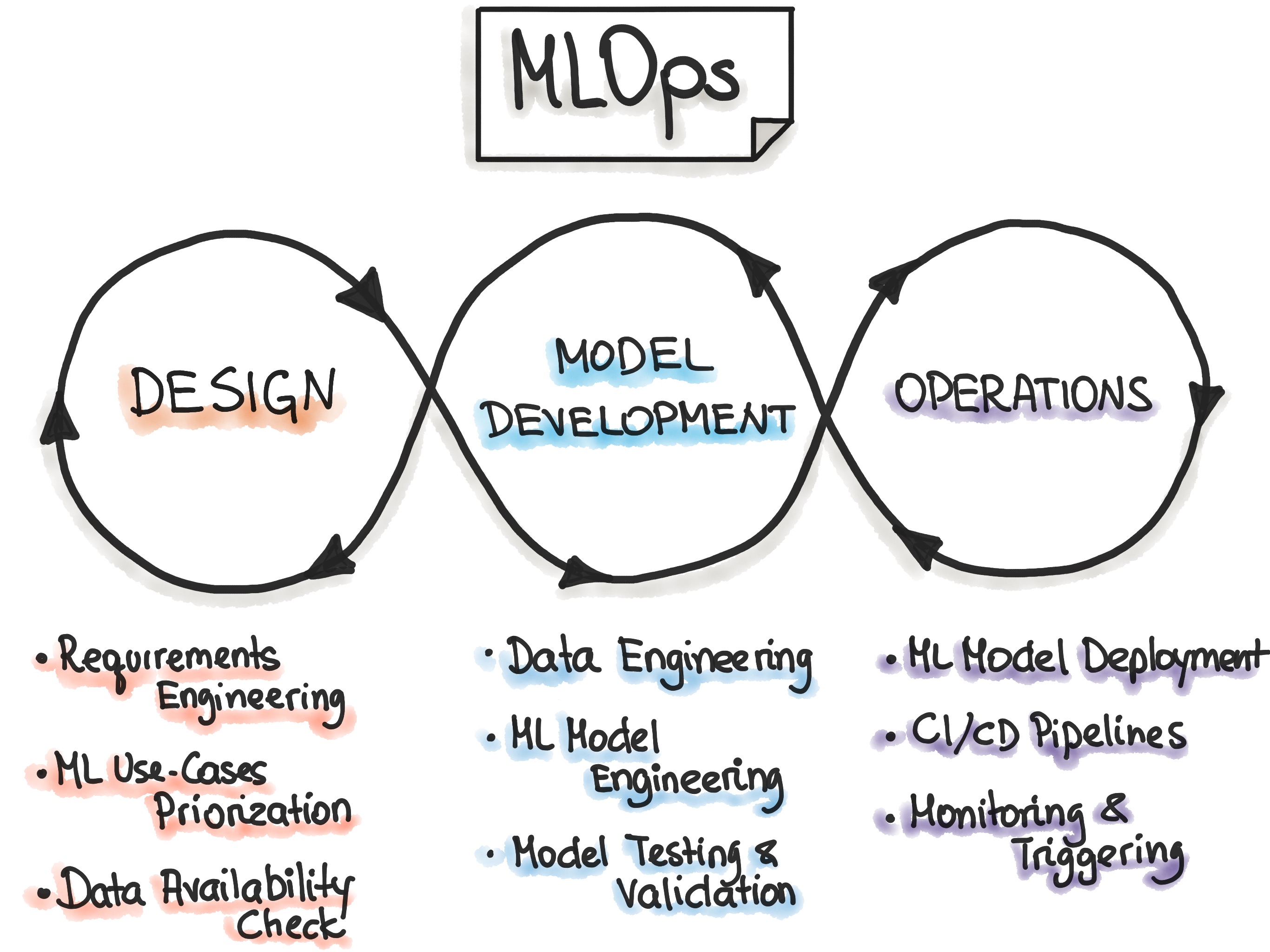The Rise of MLOps: Streamlining the AI Product Lifecycle

Source: Ml-ops.org
The rise of MLOps has been a defining trend in the AI landscape this month, reflecting the growing need to streamline the development, deployment, and maintenance of AI models. As organizations increasingly adopt AI-driven solutions, managing the lifecycle of these models has become a critical priority for product teams.
What is MLOps?
MLOps, short for Machine Learning Operations, involves a set of practices designed to ensure reliable and efficient model management. Drawing parallels to DevOps in software engineering, MLOps emphasizes collaboration between data scientists, engineers, and product managers to streamline workflows and ensure models remain performant over time.
"MLOps seeks to bridge the gap between data science and operations teams. It’s not just about deploying models faster; it’s about deploying them more reliably, maintaining them more effectively, and ensuring they continue to provide value over time. " - Daniel DeCapria
By adopting MLOps, teams can automate repetitive tasks like model deployment and monitoring, freeing up resources for innovation.
Implications for Product Teams
For product managers, the rise of MLOps offers a structured approach to managing AI initiatives. It ensures that models are not only deployed efficiently but also monitored continuously for performance and fairness. This is particularly important as AI systems face ever-changing data inputs and usage contexts.
Moreover, MLOps facilitates better collaboration across cross-functional teams. By integrating best practices into their workflows, product teams can achieve faster time-to-market while maintaining high standards of quality.
Addressing Challenges
Despite its benefits, MLOps is not without challenges. Setting up robust pipelines, managing dependencies, and ensuring scalability require significant investments in tools and expertise. Product teams must also address the ethical implications of their models, ensuring they are transparent, unbiased, and aligned with user needs.
💡 Key Takeaway:
The rise of MLOps highlights the need for structured practices in managing AI models. By embracing MLOps, product teams can enhance collaboration, ensure reliability, and accelerate their AI initiatives.
💭 Final Thoughts
MLOps represents a vital evolution in how AI systems are developed and maintained. As the AI landscape continues to grow, adopting these practices will be essential for product teams aiming to deliver impactful and sustainable AI solutions.
About the Author
Cyrille Gattiker is a Lead Product Owner specializing in AI-driven product development. He combines technical expertise with business acumen to create strategies that leverage AI for innovation and data-driven decision-making. Author of "Smart Commerce: The AI-Driven Future of e-Business", Cyrille is passionate about the transformative potential of AI in product management.
🗣️ Comments
This article has been published more than a week ago, so new comments are closed.